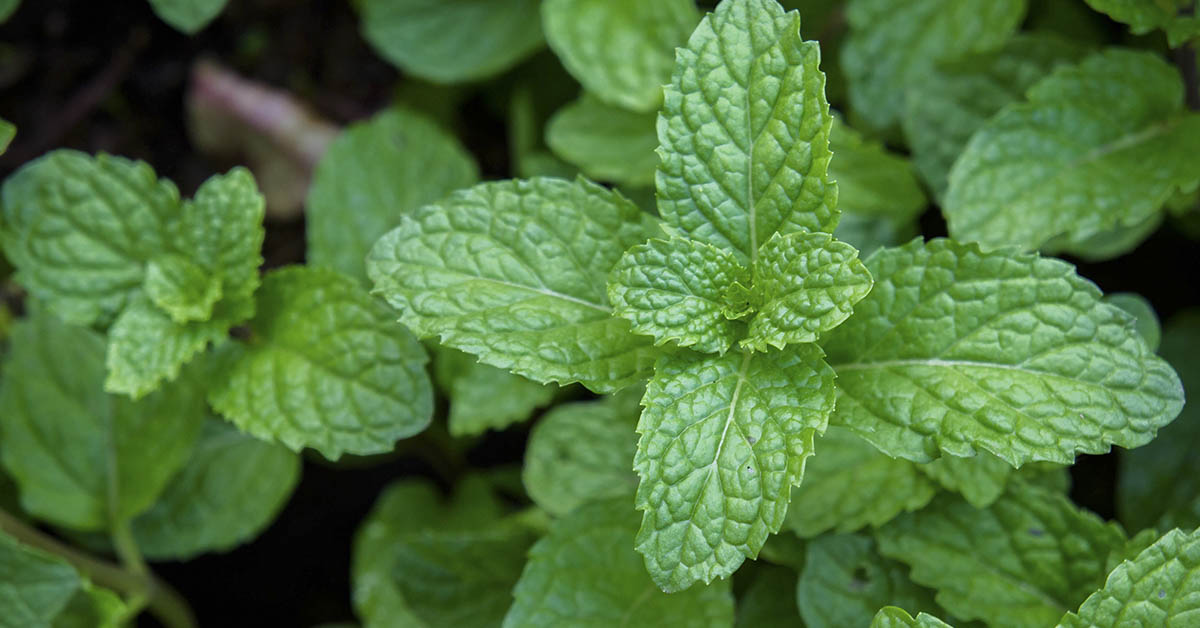Summer comes with beautiful weather, seasonal fruits, and blooming flowers. But it also has a major drawback: the insects. They are unavoidable whether you’re outside or even inside your own home. While bug traps and sprays often do the trick, you can also try a natural approach that spruces up your home at the same time. There are many types of plants and herbs containing natural chemicals that can repel or even kill insects. Add them to your garden, windowsills, kitchen, or even bathrooms to naturally ward off uninvited guests.
8 Plants That Naturally Repel Pests
1. Mint
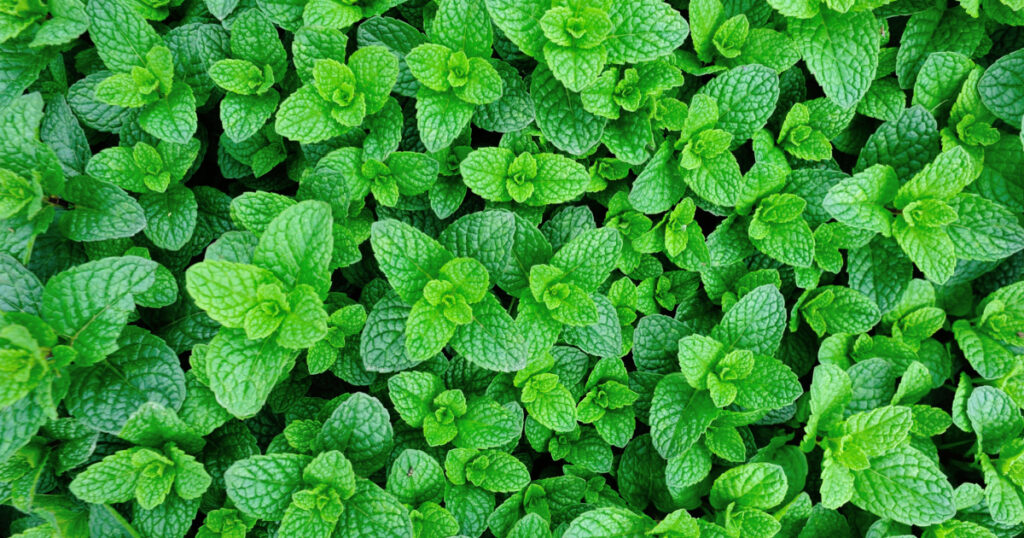
It has a distinct scent, and many pests do not like it. Mint plants and peppermint oil contain menthol, an active ingredient that can help repel and control populations of mosquitoes, mites, and other bugs. It’s a good plant for novice gardeners. But be sure to keep it in a separate pot from other herbs since it can grow and spread like a weed. Plus, fresh mint is delicious in homemade tea, infused water, salads, chutney, pesto, and other dishes. [1]
2. Citronella
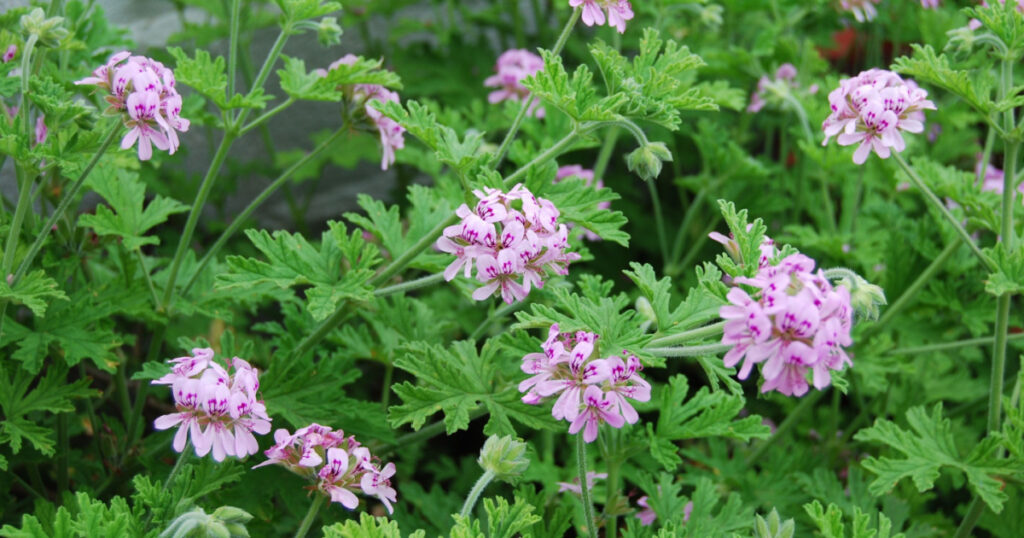
You may be familiar with citronella as a bug repellent. After all, it’s a popular addition to natural mosquito sprays, patio candles, and the like. You may also have smelled citronella oil in perfumes and soaps. But the plant itself is a type of grass you can add to a home garden. This aromatic plant repels by covering up the smells that usually attract pests. While citronella sprays tend to linger for only two hours before evaporating, the plants don’t go anywhere. They can grow a lot, up to six feet tall and six feet wide so make sure they have enough room to spread out. So pick a spot with filtered sunlight, like under a tree, and water them frequently.
3. Lavender
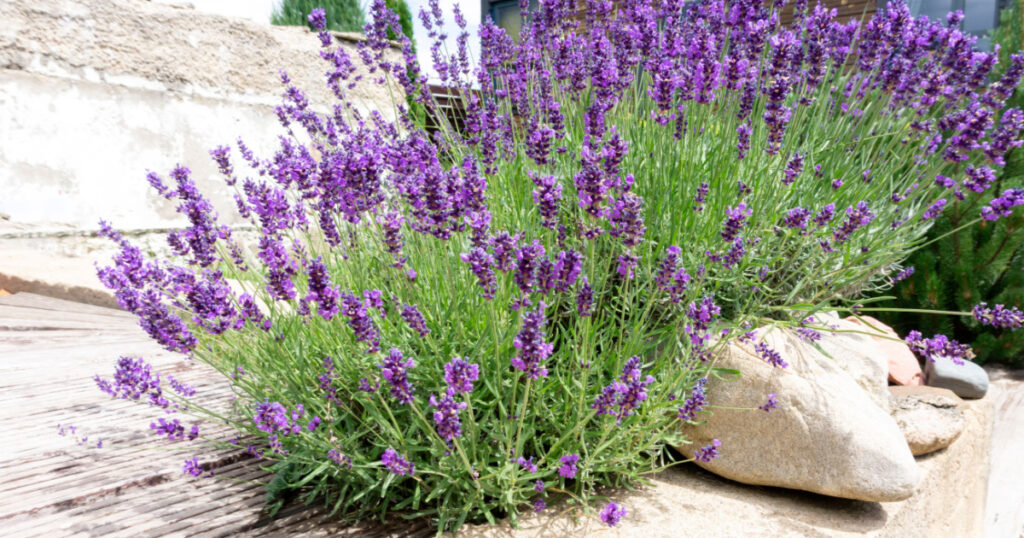
Lavender has a distinctly pleasant aroma, but mosquitoes don’t appreciate it. In fact, studies have shown that lavender essential oils can repel pests for up to eight hours. Alternatively, you can plant lavender itself. These shrubs sprout gorgeous purple blossoms in the spring. They are hardy plants that can thrive in pots, gardens, or even low hedges. In whichever form you choose, lavender can also attract pollinators to its purple flowers and the rest of the garden. Place each plant about 2 or 3 feet apart in direct sunlight, and water them once or twice a week. [2]
4. Basil
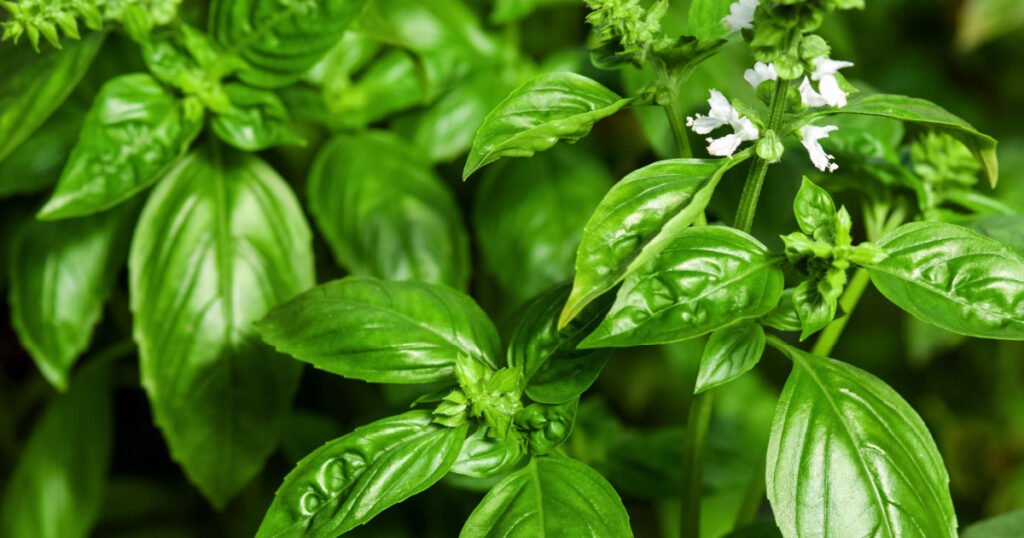
Fresh basil is a type of herb you can’t have too much of. It can enhance dishes like risotto, pasta, fish, meat, soup, salads, pizza, and even desserts. And, of course, when you’ve got an especially large harvest, you can make basil salad dressing and pesto. So don’t be stingy when planting basil because the leaves contain compounds that can kill mosquito larvae. That’s right; this isn’t just a repellent. Basil can kill mosquitoes before they hatch. At the same time, this herb can attract pollinators that could help the vitality of the other plants in your garden. Besides, basil is easy to grow, and it’s a staple in summer herb gardens.
Read: How to Make a Carpenter Bee Trap
5. Rosemary
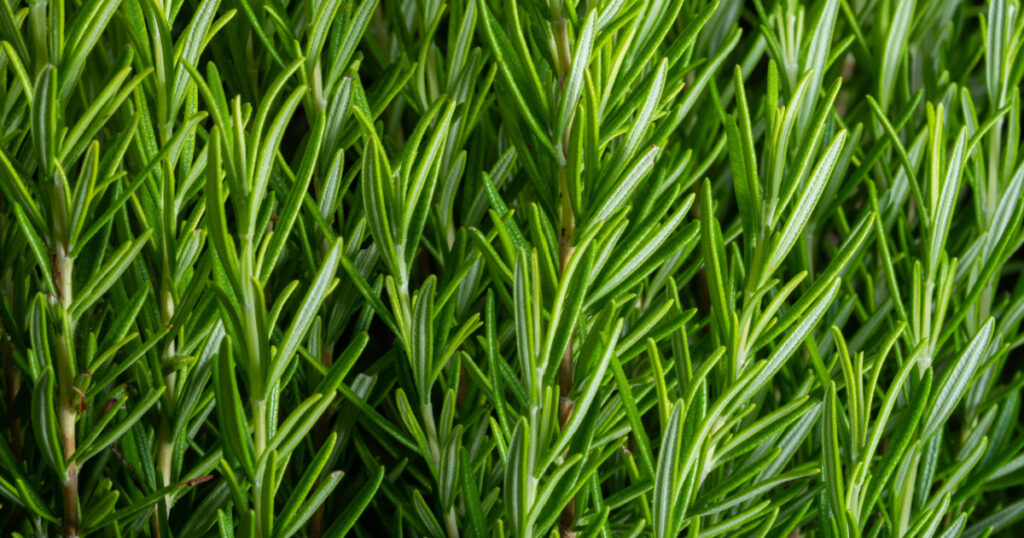
Rosemary is delicious on potatoes, roast vegetables, meat, and poultry and can even complement drinks like lemonade and cocktails. You can’t run out of ideas on using this herb, making it an amazing asset to a home garden. It can also double as a mosquito repellent, whether it’s planted in a garden, window box, or even among landscaping.
6. Marigolds
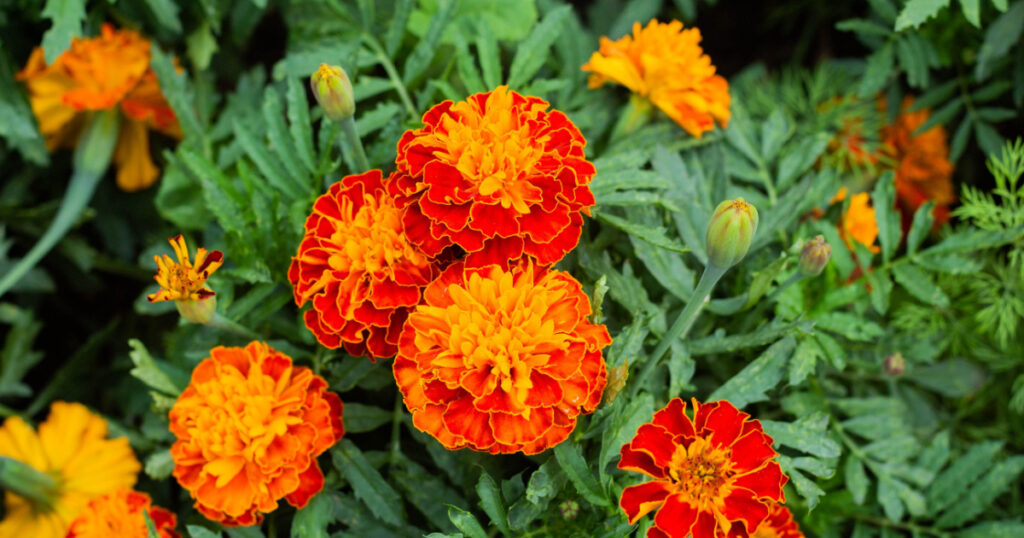
Marigolds are known for their pretty golden blossoms, not for containing compounds that repel different types of insects. But this makes them a favorite for many landscapers and gardeners. After all, they are beautiful and colorful summer flowers. Plus, they are relatively easy to maintain and don’t need to take up much space to keep the bugs away.
7. Sage
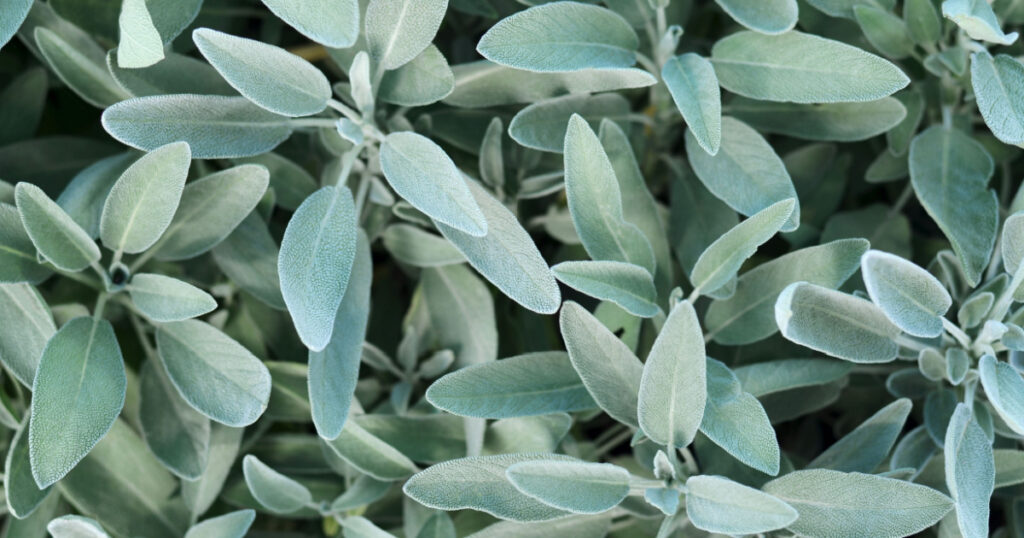
Sage is a mellow herb that can pack a lot of flavor to dishes like sauces, meats, and pastries. It’s also known to repel ants, flies, and mosquitoes. So if you enjoy sage in your food, consider adding it to your garden. If you prefer to burn sage instead of eating it, you can burn white sage to ward off insects. To safely do this, light the edge of the sage bundle with a match and blow it out if it catches fire. The tips should smolder so use your hand to waft the smoke around your garden. If you do this inside, open a window first. Use a ceramic bowl to catch the falling ash. Alternatively, you can place the smoking bundle in a fireproof bowl to let it sit for a while. But you should never leave a burning bundle unattended, so ensure the sage is completely extinguished at the end of a session. [3]
8. Chrysanthemums
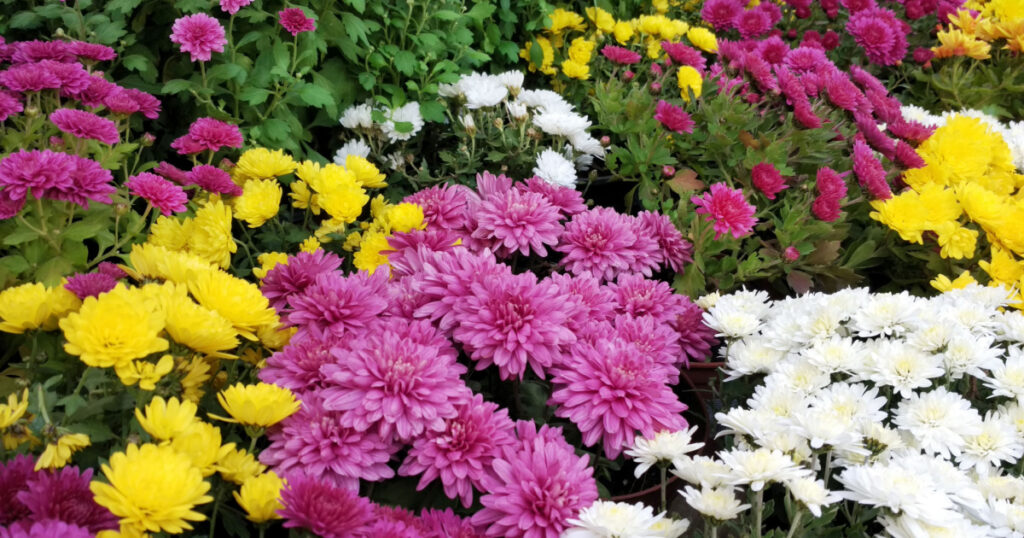
Chrysanthemums come in many shapes and colors, which makes them a favorite among gardeners. Plus, they produce a natural chemical called pyrethrin that can kill insects without affecting birds or animals. Since bugs try to avoid chrysanthemums, you can plant these flowers in areas you want protected from pests. Plant about one chrysanthemum about 1 to 1½ feet (31–46 cm) around vulnerable plants or create a border of chrysanthemums around them. You can also plant these flowers in containers so you can move them around at will. [4]
Keep Reading: How To Set A Mousetrap
Sources
- “7 Plants that Repel Bugs and Mosquitos.” Eating Well. Jessica Ball, M.S., RD. February 17, 2022
- “How to grow lavender.” BBC Gardeners’ World Magazine. April 21, 2022
- “10 Benefits of Burning Sage, How to Get Started, and More.” Healthline. Adrian White. February 3, 2023
- “Organic Garden Pest Control: Using Chrysanthemum For Pest Control.” Gardening Know How. Liz Baessler. February 14, 2023
